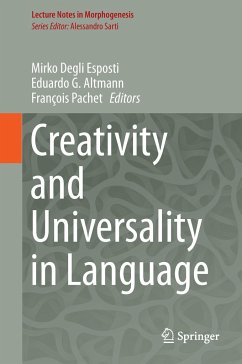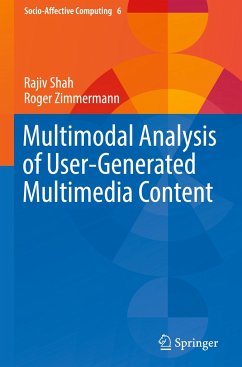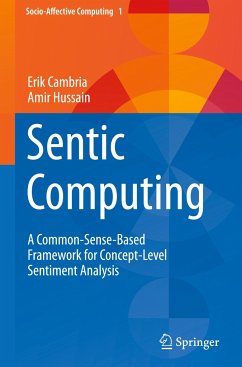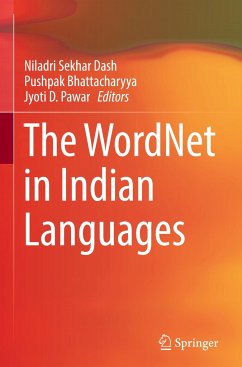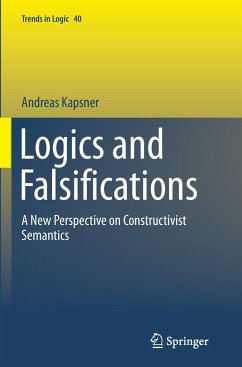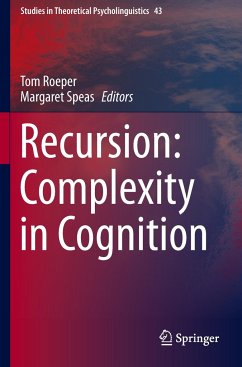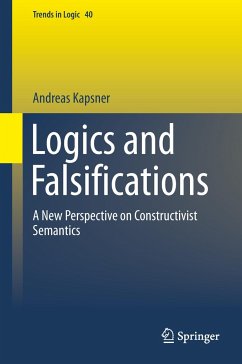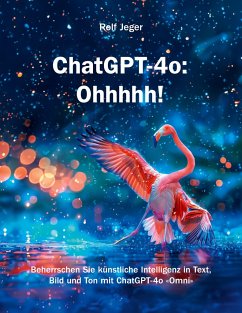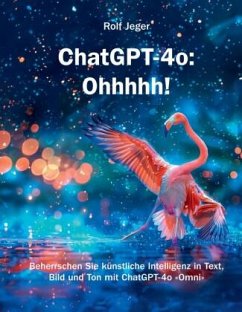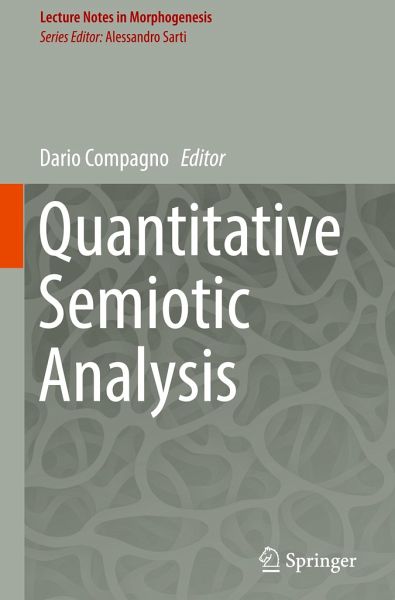
Quantitative Semiotic Analysis

PAYBACK Punkte
34 °P sammeln!
This contributed volume gives access to semiotic researches adopting a quantitative stance. European semiotics is traditionally based on immanent methodologies: meaning is seen as an autonomous dimension of human existence, whose laws can be investigated via purely qualitative analytical and reflexive analysis. Today, researches crossing disciplinary boundaries reveal the limitations of such an homogeneous practice. In particular, two families of quantitative research strategies can be identified. On the one hand, researchers wish to naturalize meaning, by making semiotic results interact with...
This contributed volume gives access to semiotic researches adopting a quantitative stance. European semiotics is traditionally based on immanent methodologies: meaning is seen as an autonomous dimension of human existence, whose laws can be investigated via purely qualitative analytical and reflexive analysis. Today, researches crossing disciplinary boundaries reveal the limitations of such an homogeneous practice. In particular, two families of quantitative research strategies can be identified. On the one hand, researchers wish to naturalize meaning, by making semiotic results interact with those coming from Neurophysiological and psychological sciences. On the other hand, statistical and computational tools are adopted to work on linguistic and multimedia corpora. The book acts to put the two approaches into dialogue.




